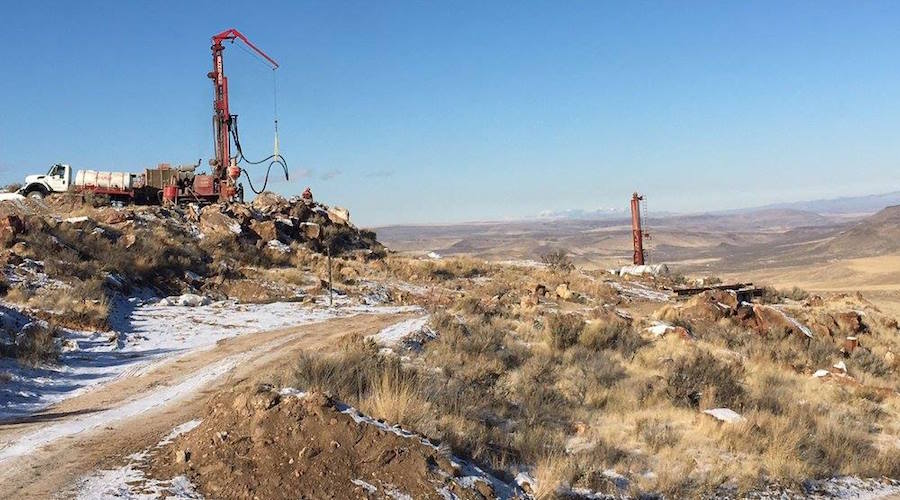
US-focused Paramount Gold Nevada (NYSE: PZG) announced this week that results from an independent Pre-Feasibility Study for its 100%-owned Grassy Mountain Gold project show that the operation has the potential to be profitable at a low gold price.
“The base case projects an after-tax Internal Rate of Return of 28% at $1,300 gold and the estimated Net Present Value exceeds $87 million at a 5% discount rate,” the miner stated in a press release.
The Grassy Mountain Gold project is located in Malheur County, Oregon, approximately 22 miles south of Vale. In detail, it is situated in the rolling hills of the high desert region of the far western Snake River Plain.
In the media brief, Paramount explained that the recently obtained PFS confirmed that it would be beneficial to move forward with the company’s plan to open an underground mining operation in the area.
“The PFS clearly shows that Grassy Mountain is a mine worth building. The results demonstrate a low-cost operation that would deliver exceptional cash-flows over its mine life at the current gold price. The scale and simplicity of the proposed operation is one that we are very confident Paramount can build and manage. The PFS also identifies significant opportunities for improving project economics and finding more ore to extend mine life,” Glen Van Treek, the firm’s President and CEO, stated in the document.
The study revealed that Grassy Mountain hosts a measured and indicated resource containing 1.06 million ounces of gold at 0.034 oz/ton (1.17 g/t), plus 3.3 million ounces of silver at 0.107 oz/ton (3.67 g/t).
Proven and probable reserves, on the other hand, contain 362,000 ounces of Au at 0.21 opt (7.20 g/T) plus 516,000 ounces of Ag at 0.30 opt (10.3 g/T);
With these results, annual average production is expected to be of 47,000 ounces of gold and 50,000 ounces of silver for 7.25 years.
Paramount Gold will now work towards acquiring the necessary permits to start production by 2021.